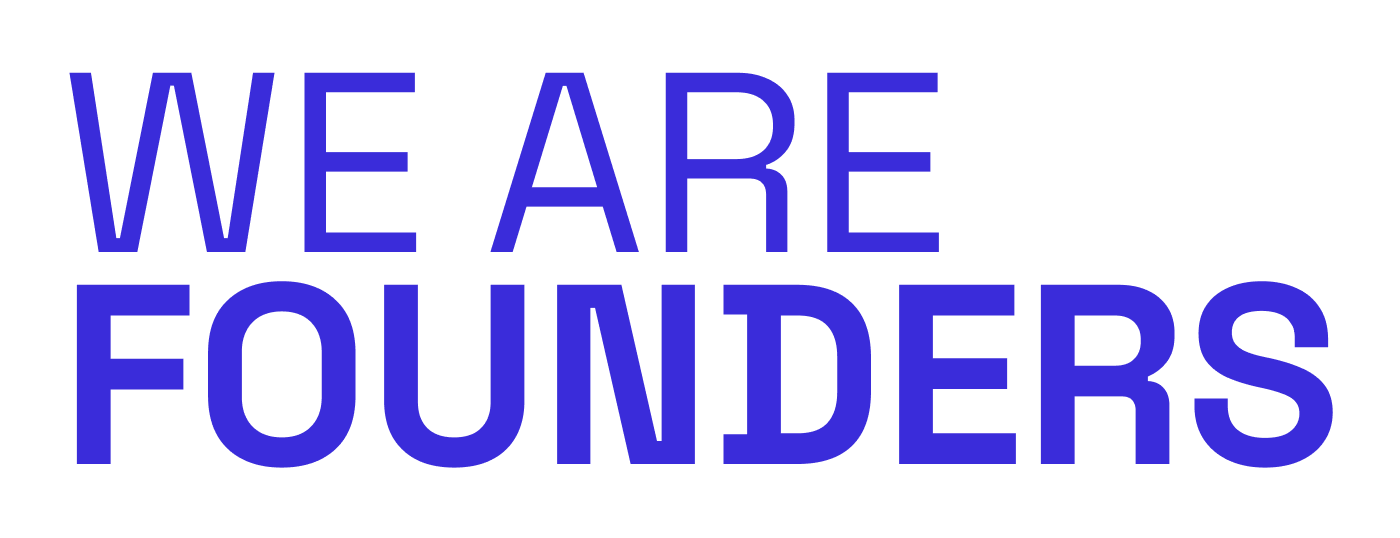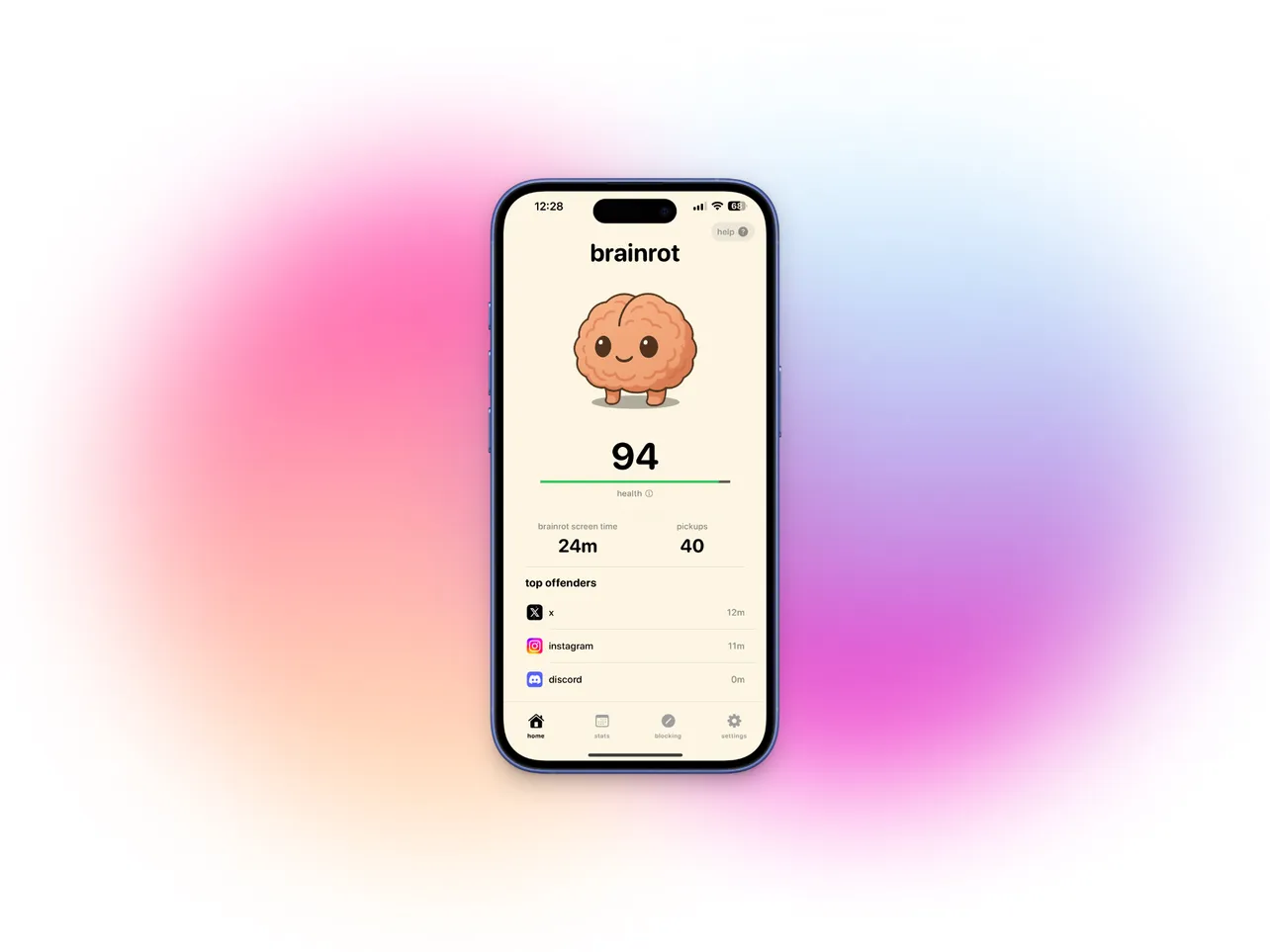From scrolling to selling
Yoni Smolyar had launched dozens of side projects over the years. None gained serious traction.
In 2024, he started posting daily videos about his progress. As his following grew, so did his reliance on social media.
He found himself checking his phone constantly, chasing likes, and struggling to focus. It began affecting his memory and his ability to think clearly.
So he built Brainrot, a mobile app that visualizes the impact of screen time. The more you scroll, the more your brain appears to rot. It started as a personal fix. Within weeks, it became a profitable product.
No audience research. No launch plan.
Yoni didn’t test the market. He built Brainrot to solve a problem he had.
He had never shipped a mobile app before. He built it using Swift, plugged in Superwall for subscriptions, and tracked usage with Posthog.
The app was rejected six times by the App Store. He rebuilt parts of it from scratch. He kept going.
By the time it launched, it was already working for one person. That was enough.
Yoni had started filming short daily updates more than a year earlier. Most of his early posts had low views. He kept going anyway.
He gained 50,000 followers in eight months. When he shifted focus to AI and tools like Brainrot, things accelerated. By launch day, his following had reached 200,000.
His announcement video pulled in 5,000 downloads on day one.
Product Hunt helped it spread
When Brainrot launched on Product Hunt, it hit the number one spot.
One big reason? The daily Product Hunt newsletter gave it top billing with the headline “Cure your brainrot.” That alone drove thousands of views before lunchtime.
Most of Brainrot’s early growth has come from Yoni’s personal content. Instagram reels, TikToks, Reddit posts, and tweets have brought users in and helped him improve the app with feedback.
Now, he’s working out how to build systems that don’t depend on his personal account.
Yoni believes the key is to share your journey while you build. Not once it’s done. Not when it’s perfect.
“Your personal brand will last longer than your product.”
By showing up every day, he built trust. When he launched something real, people were ready to try it.
Get stories like this in your inbox
We share real stories from early-stage founders. No hacks. No filters. Just honest lessons from the build.



